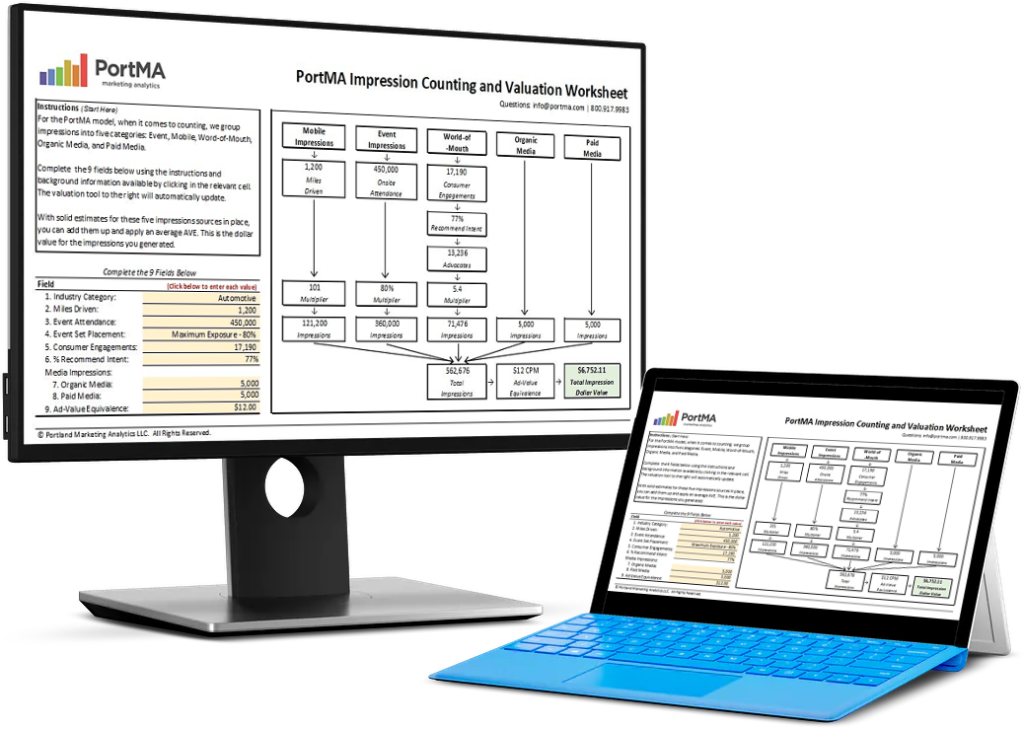
In Part One of this blog, we took a look at how the internet of things is transitioning to a more advanced version which I will call intelligence of things. In Part Two, we are going to spend some time examining one particular application before looking at what it means for understanding event ROI and event impressions.
If you missed Part One, you can find it here.
Estimated reading time: 3 minutes
Integrating Intelligence Into Devices
To illustrate the potential of integrating intelligence into devices, I’m going to use an example we can all relate to – dental care. Oral health in the United States is a problem, and experts estimate that one in four Americans will lose all their teeth by the age of 65. It’s a staggering number, especially considering we know how to prevent tooth loss.
The problem is that few consumers are doing all they can to keep their teeth. As extractions are becoming necessary, they lead to costly dental care bills but also have other social consequences. People who are missing teeth are perceived to be less intelligent. The social impact on someone’s life commitment and career can be enormous.
Oral B has developed a solution that integrates technology, intelligence, and humanity. Its latest electric toothbrush guides users to apply the right amount of pressure and technique for the right amount of time.
This smart toothbrush connects to an app on the owner’s phone and records their brushing habits. It’s packed with features, but the one features consumers love the most is being rewarded with a smiley face when they brush correctly. The scientists talk about the data that is passed on from the app to their labs (with permission), but consumers are choosing this product over others because of the smiley face.
(You can listen to the full episode of the podcast below.)
Limits of Consumer Tech for Experiential Marketing
What does it all mean for experiential marketing? For starters, the connection between humans and objects allows us to gather better-quality data more quickly. This higher-quality data provides a whole different level of insight into consumer behavior, for manufacturers and event marketers alike.
Smart devices help us measure event impressions and optimize event ROI. They can replace many of the tools we use in surveys, consumer diaries as well as participant and non-participant observation sessions in laboratories. Some of these tools may well be replaced by technology within a few years.
What technology can’t replace are the insights experiential marketers gain from in-depth interviews (IDIs). IDIs help researchers understand why consumers are choosing one action over another or one product over the one next to it.
Getting the technological infrastructure right helps eliminate interviewer bias, instrument bias, and other associated problems. But understanding the causes of behavior is still beyond technology.
Smart integration is here to stay and grow over the next decade. But it’s not yet in a place where it can replace human conversation around what’s happening. The idea of humanizing technology still has the potential to grow. Technology can redirect us in ways that are better for us and allow us to feel better. This is where the real potential lies.

Download the Free Spreadsheet Tool
CALCULATE THE DOLLAR VALUE OF EVENT IMPRESSIONS
PortMA Impression Counting and Valuation Worksheet
Download this spreadsheet and complete the fields for your campaign to get a clear count of your activation impressions translated into a Dollar Value of Marketing
Impression Spreadsheet
